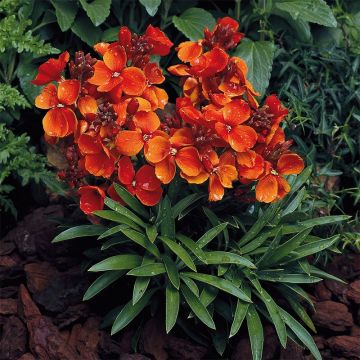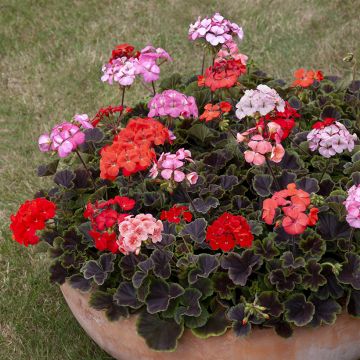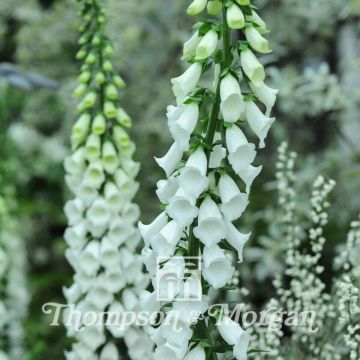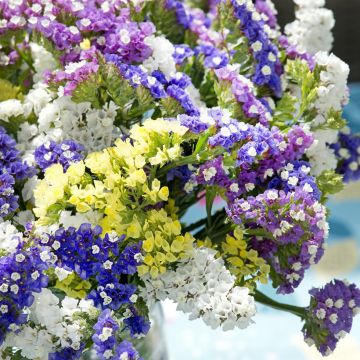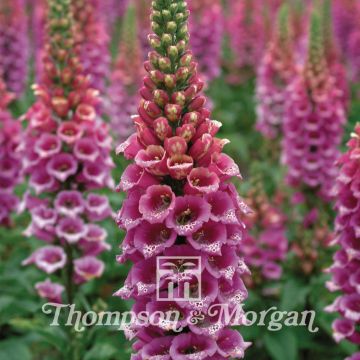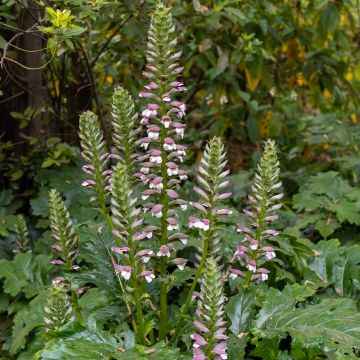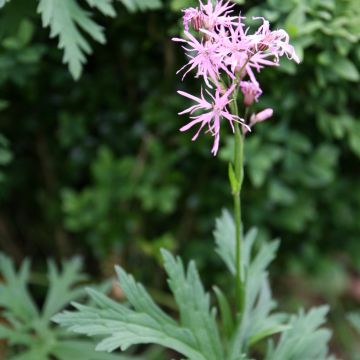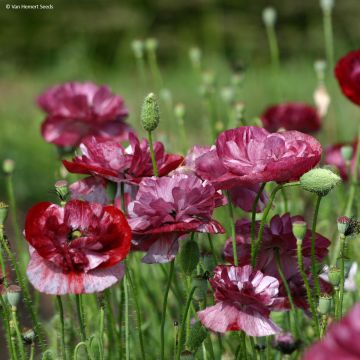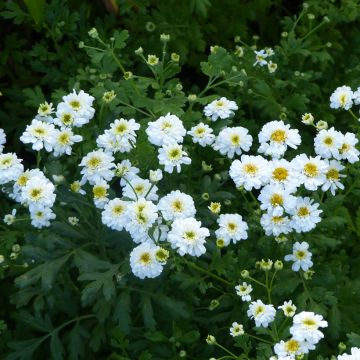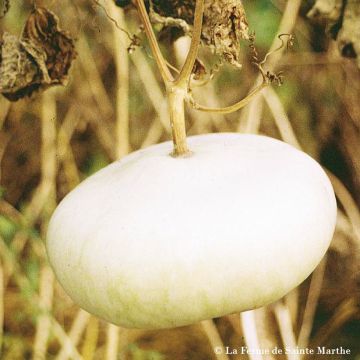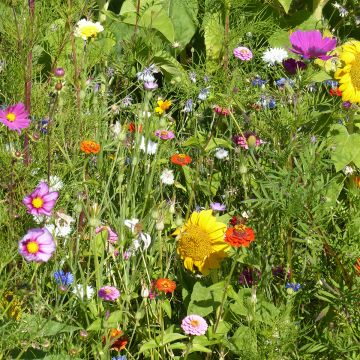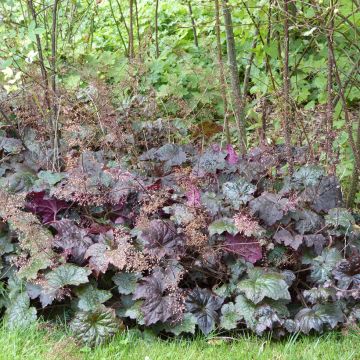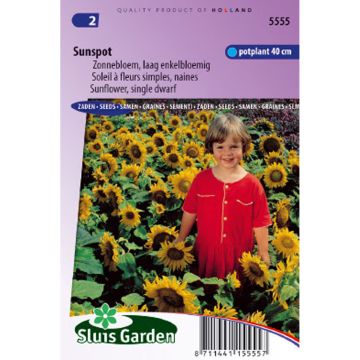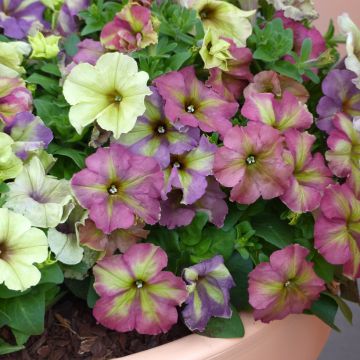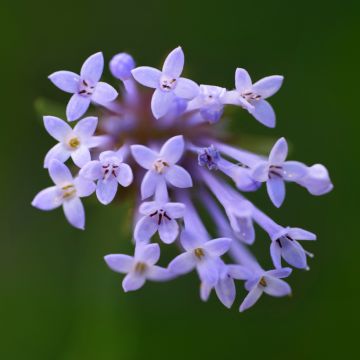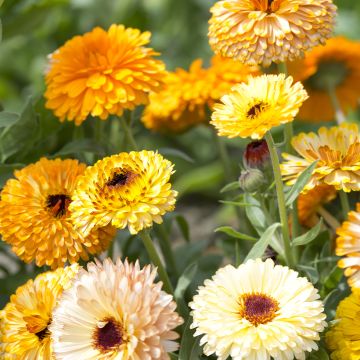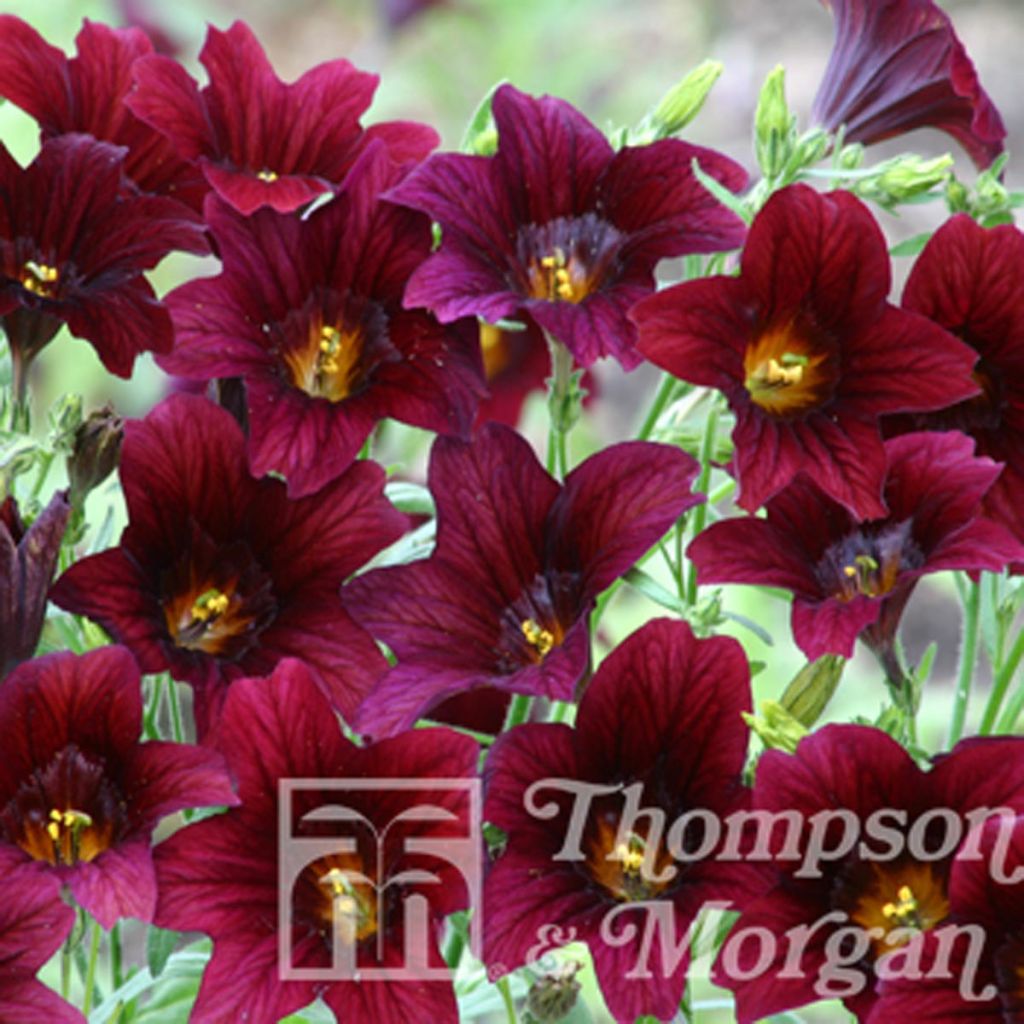

Graines de Salpiglossis Black Trumpets
Salpiglossis sinuata Black Trumpets
Salpiglossis sinuata Black Trumpets
Scalloped Tube Tongue, Painted Tongue, Velvet Trumpet Flower
I missed all my seedlings, probably sowed them too early. However, I had put them under a tunnel and watered them regularly. I hope the seeds will still be viable next spring? PROMESSE DE FLEURS' RESPONSE The best planting period for Salpiglossis Black Trumpets seeds is between March and May. But rest assured, your seeds will still be valid next spring.
eliette, 20/06/2016
This item cannot be shipped to the selected country
Dispatch by letter from €3.90
More information
Schedule delivery date,
and select date in basket
This plant carries a 6 months recovery warranty
More information
We guarantee the quality of our plants for a full growing cycle, and will replace at our expense any plant that fails to recover under normal climatic and planting conditions.
Seed-only orders are dispatched by sealed envelope. The delivery charge for seed-only orders is €3.90.
Does this plant fit my garden?
Set up your Plantfit profile →
Description
The Salpiglossis 'Black Trumpets' or Salpiglossis sinuata is an annual plant with a slightly slender, but bushy habit. Its deep burgundy-red trumpet-shaped flowers catch the eye from late spring and continue blooming until late summer.
Its appearance resembles that of petunias. Its stems are indeed branching, flexible, and slightly trailing. It is also possible to encourage branching by pinching them, which will result in a bushy effect. The Salpiglossis will then form a clump 50 cm (20in) tall and 30 cm (12in) wide. The leaves are light green, lanceolate, and become smaller towards the top of the stem. The stem bears multiple flowers, which open like petunias and require sunlight to bloom. They have a tubular shape, measure 4 to 5 cm (2in), and appear velvety. Their burgundy-red color intensifies towards the center, highlighting the small bright yellow stamens. This deep color, combined with an airy appearance, blends easily into flower beds, adding small intense touches.
The Salpiglossis sinuate, somewhat forgotten, is nevertheless not very demanding. It prefers sunny and moist, well-drained soils, and will flower from June to September if you take care to remove faded flowers and optionally cut back the stems in August to encourage new growth. It fits well among tall summer flowers, providing volume and lightness, but it also thrives in container gardening. Its uncommon shade may seem exotic, but it adapts to many color compositions. It complements both romantic-style gardens and more vibrant and intense palettes.
Report an error about the product description
Flowering
Foliage
Plant habit
Botanical data
Salpiglossis
sinuata
Black Trumpets
Solanaceae
Scalloped Tube Tongue, Painted Tongue, Velvet Trumpet Flower
Cultivar or hybrid
Other Thompson and Morgan seeds
Planting and care
Salpiglossis 'Black Trumpets' are best sown under cover from March onwards. If frost is still stubborn in your region, wait until April, as the seeds prefer a temperature between 18 and 25°C.
Cover the seeds with a thin layer of compost and keep it slightly moist. They will germinate in 14 to 30 days. Leave the trays in the sun, as the seeds need them to germinate. You can also bag them to keep the atmosphere moist and warm. When the seedlings are large enough to be moved, you can separate them and put them in pots if the frost period is not over, keeping them warm (by taking them out during the day) until they are transplanted into the ground in May. Alternatively, you can plant them in window boxes or pots. You can acclimatise them gradually if the nights are still cool by taking them out of their shelters during the day. Choose a substrate that is rich and not too soggy.
To make the Salpiglossis branch out even more, you can pinch the ends of the stems to encourage them to divide.
Sowing period
Intended location
-
, onOrder confirmed
Reply from on Promesse de fleurs
Flower seeds
Haven't found what you were looking for?
Hardiness is the lowest winter temperature a plant can endure without suffering serious damage or even dying. However, hardiness is affected by location (a sheltered area, such as a patio), protection (winter cover) and soil type (hardiness is improved by well-drained soil).

Photo Sharing Terms & Conditions
In order to encourage gardeners to interact and share their experiences, Promesse de fleurs offers various media enabling content to be uploaded onto its Site - in particular via the ‘Photo sharing’ module.
The User agrees to refrain from:
- Posting any content that is illegal, prejudicial, insulting, racist, inciteful to hatred, revisionist, contrary to public decency, that infringes on privacy or on the privacy rights of third parties, in particular the publicity rights of persons and goods, intellectual property rights, or the right to privacy.
- Submitting content on behalf of a third party;
- Impersonate the identity of a third party and/or publish any personal information about a third party;
In general, the User undertakes to refrain from any unethical behaviour.
All Content (in particular text, comments, files, images, photos, videos, creative works, etc.), which may be subject to property or intellectual property rights, image or other private rights, shall remain the property of the User, subject to the limited rights granted by the terms of the licence granted by Promesse de fleurs as stated below. Users are at liberty to publish or not to publish such Content on the Site, notably via the ‘Photo Sharing’ facility, and accept that this Content shall be made public and freely accessible, notably on the Internet.
Users further acknowledge, undertake to have ,and guarantee that they hold all necessary rights and permissions to publish such material on the Site, in particular with regard to the legislation in force pertaining to any privacy, property, intellectual property, image, or contractual rights, or rights of any other nature. By publishing such Content on the Site, Users acknowledge accepting full liability as publishers of the Content within the meaning of the law, and grant Promesse de fleurs, free of charge, an inclusive, worldwide licence for the said Content for the entire duration of its publication, including all reproduction, representation, up/downloading, displaying, performing, transmission, and storage rights.
Users also grant permission for their name to be linked to the Content and accept that this link may not always be made available.
By engaging in posting material, Users consent to their Content becoming automatically accessible on the Internet, in particular on other sites and/or blogs and/or web pages of the Promesse de fleurs site, including in particular social pages and the Promesse de fleurs catalogue.
Users may secure the removal of entrusted content free of charge by issuing a simple request via our contact form.
The flowering period indicated on our website applies to countries and regions located in USDA zone 8 (France, the United Kingdom, Ireland, the Netherlands, etc.)
It will vary according to where you live:
- In zones 9 to 10 (Italy, Spain, Greece, etc.), flowering will occur about 2 to 4 weeks earlier.
- In zones 6 to 7 (Germany, Poland, Slovenia, and lower mountainous regions), flowering will be delayed by 2 to 3 weeks.
- In zone 5 (Central Europe, Scandinavia), blooming will be delayed by 3 to 5 weeks.
In temperate climates, pruning of spring-flowering shrubs (forsythia, spireas, etc.) should be done just after flowering.
Pruning of summer-flowering shrubs (Indian Lilac, Perovskia, etc.) can be done in winter or spring.
In cold regions as well as with frost-sensitive plants, avoid pruning too early when severe frosts may still occur.
The planting period indicated on our website applies to countries and regions located in USDA zone 8 (France, United Kingdom, Ireland, Netherlands).
It will vary according to where you live:
- In Mediterranean zones (Marseille, Madrid, Milan, etc.), autumn and winter are the best planting periods.
- In continental zones (Strasbourg, Munich, Vienna, etc.), delay planting by 2 to 3 weeks in spring and bring it forward by 2 to 4 weeks in autumn.
- In mountainous regions (the Alps, Pyrenees, Carpathians, etc.), it is best to plant in late spring (May-June) or late summer (August-September).
The harvesting period indicated on our website applies to countries and regions in USDA zone 8 (France, England, Ireland, the Netherlands).
In colder areas (Scandinavia, Poland, Austria...) fruit and vegetable harvests are likely to be delayed by 3-4 weeks.
In warmer areas (Italy, Spain, Greece, etc.), harvesting will probably take place earlier, depending on weather conditions.
The sowing periods indicated on our website apply to countries and regions within USDA Zone 8 (France, UK, Ireland, Netherlands).
In colder areas (Scandinavia, Poland, Austria...), delay any outdoor sowing by 3-4 weeks, or sow under glass.
In warmer climes (Italy, Spain, Greece, etc.), bring outdoor sowing forward by a few weeks.

































